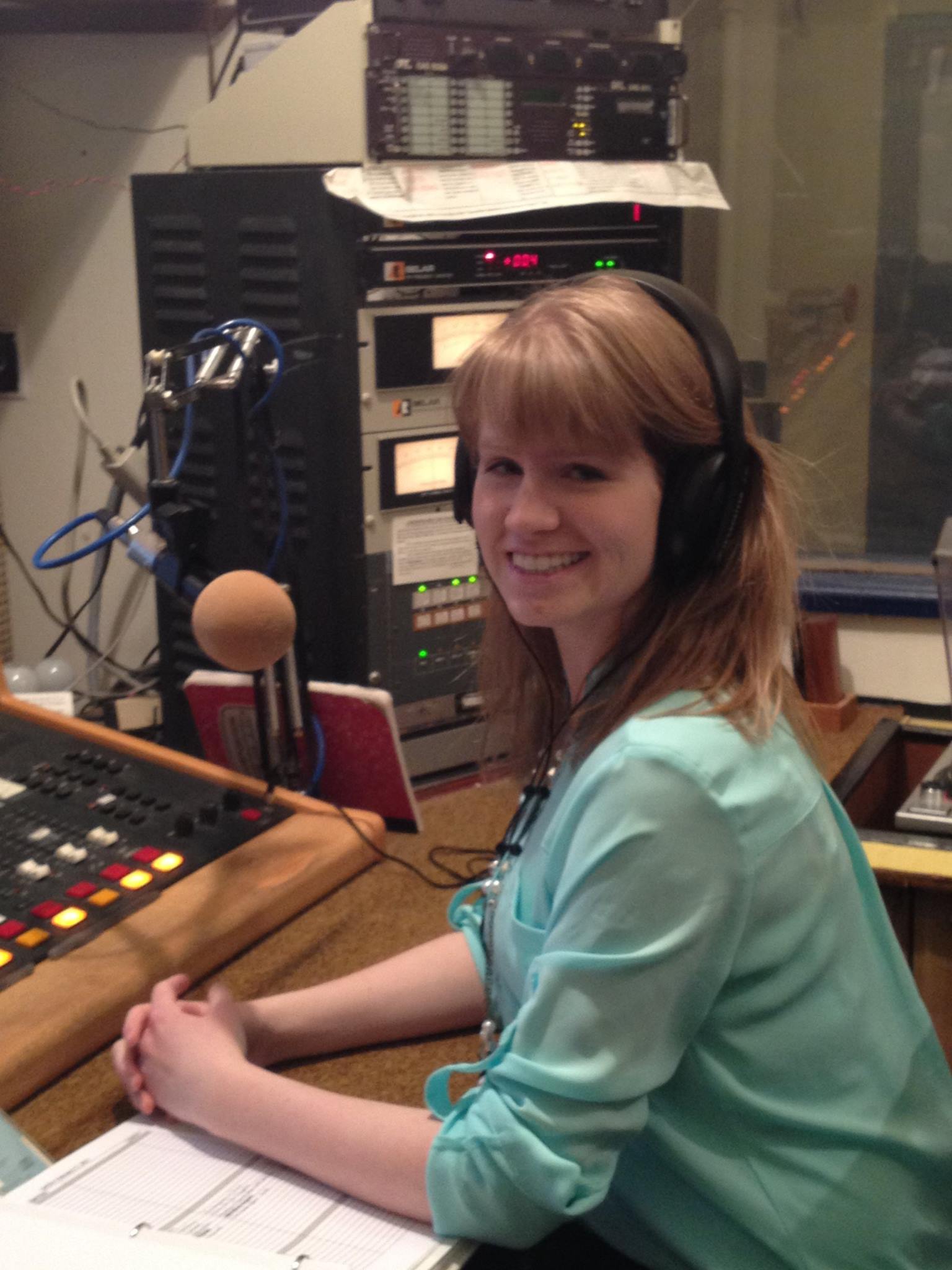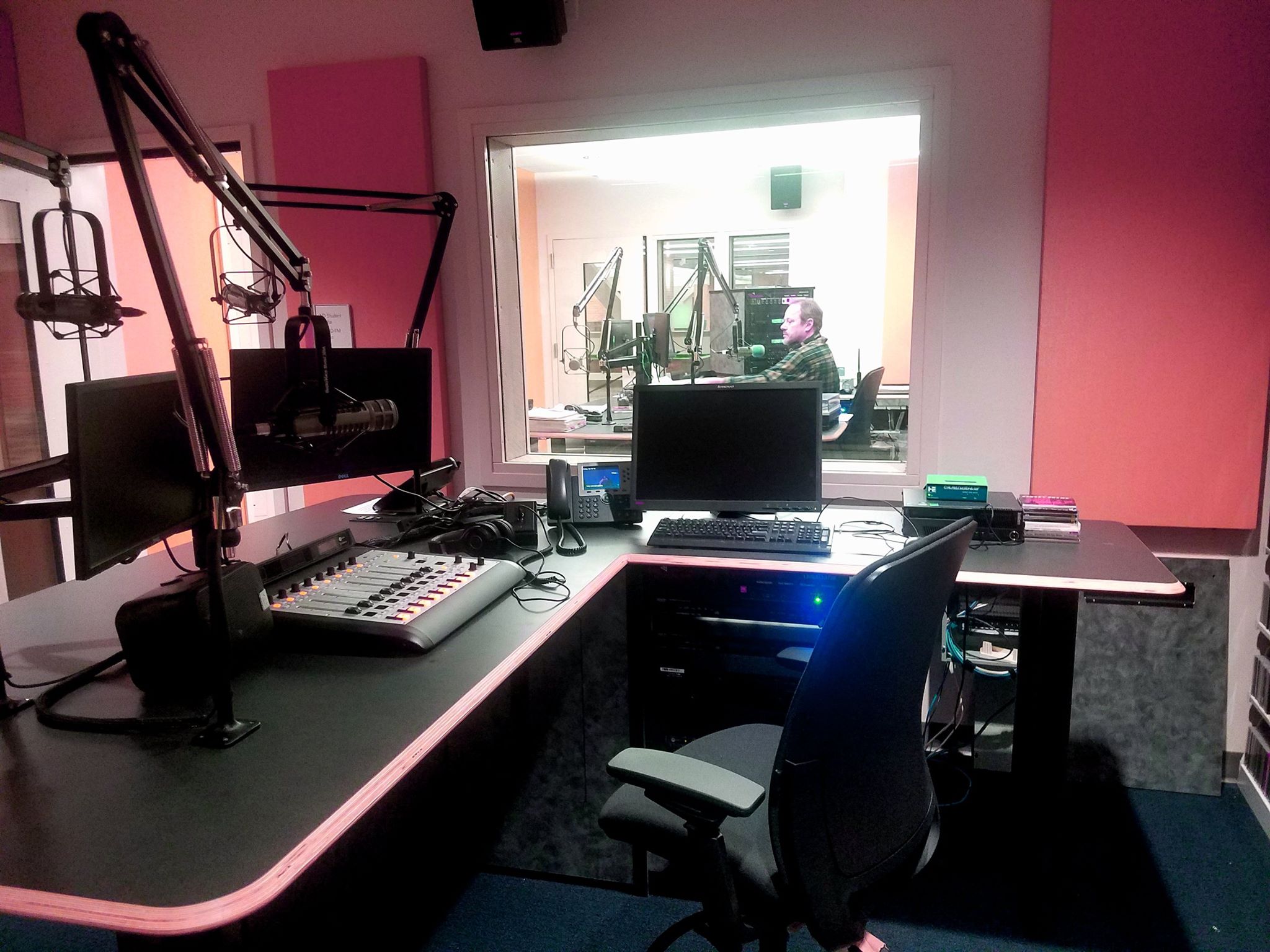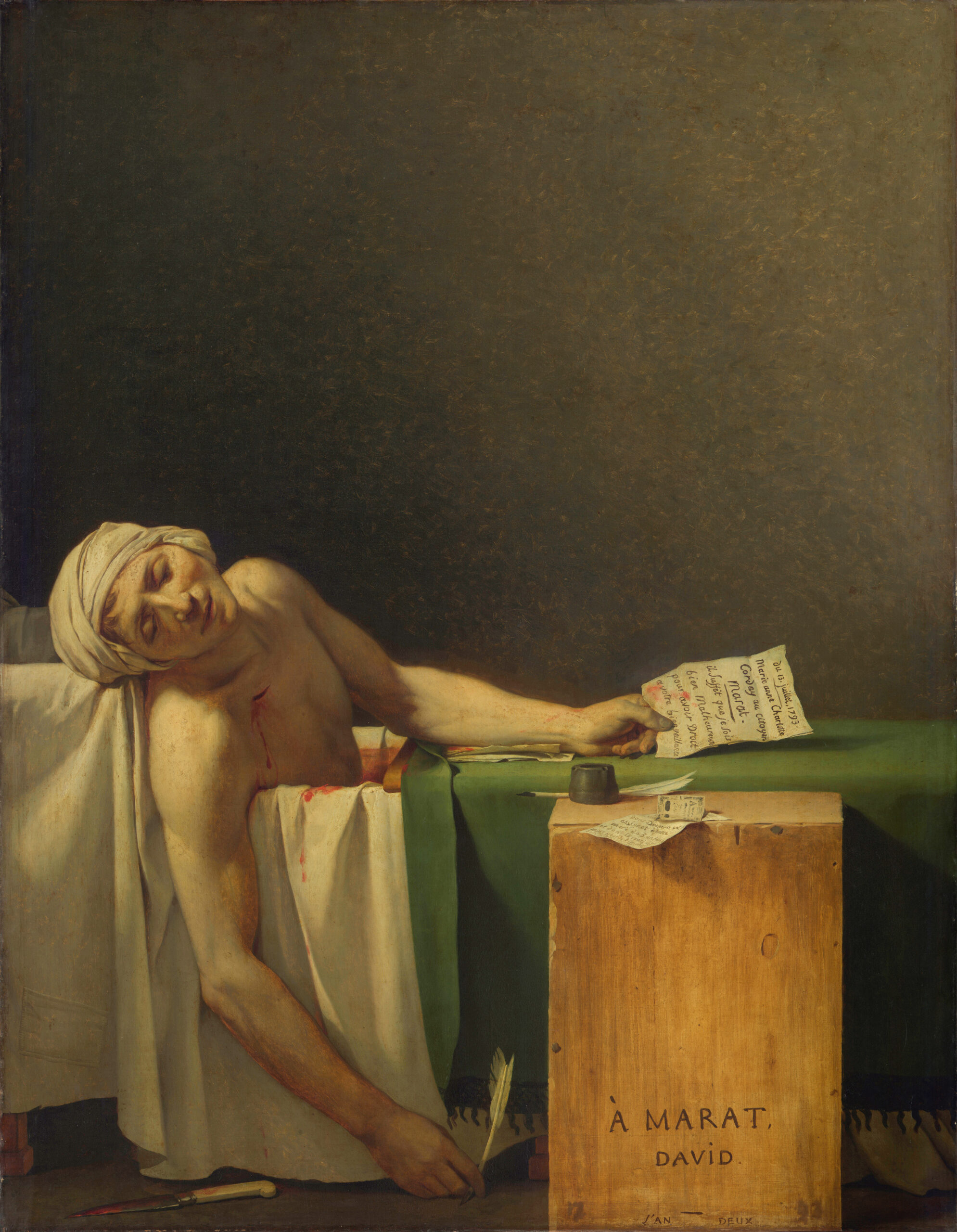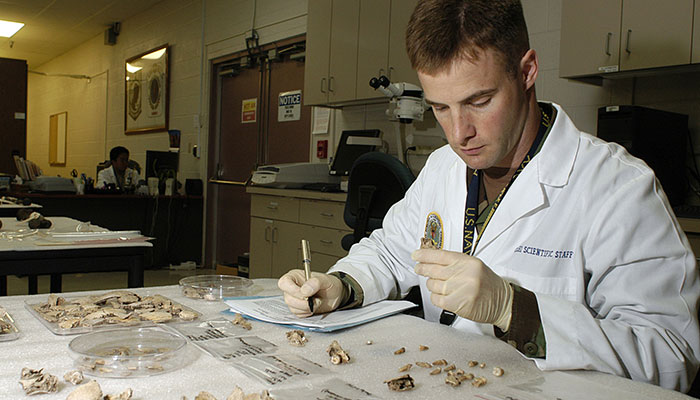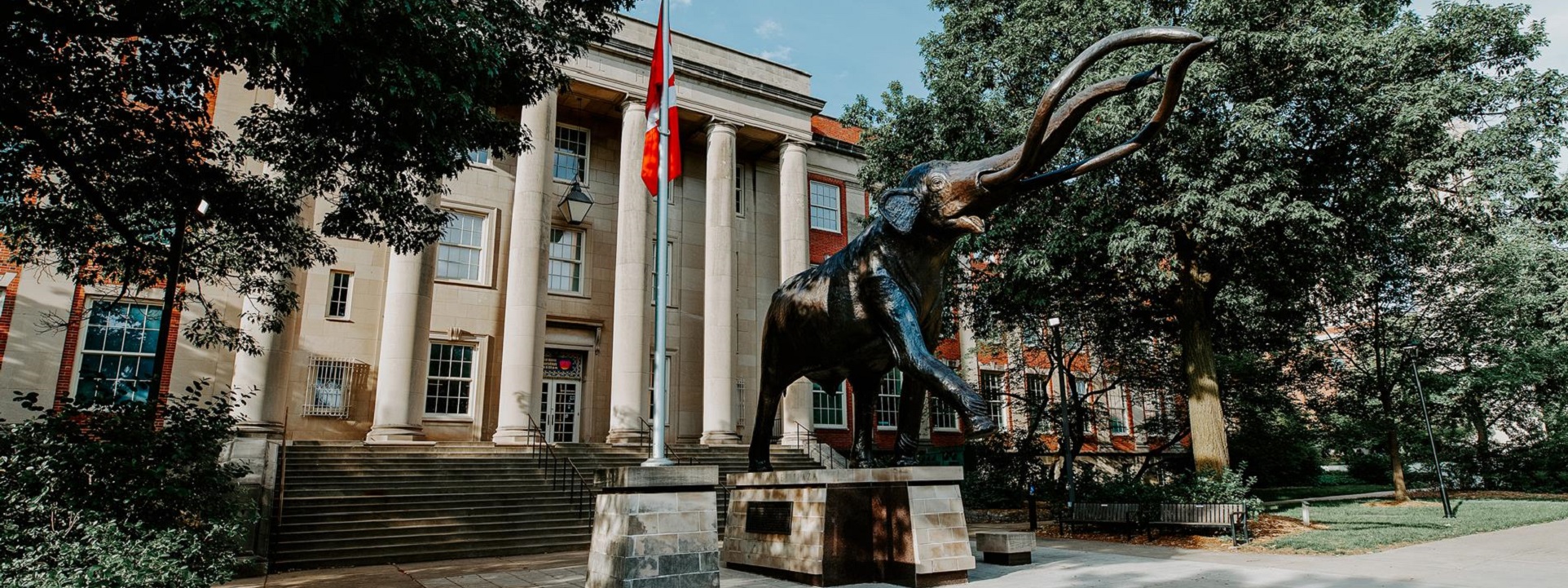
University of Nebraska-Lincoln
Cultural Geographies + Rewriting the Earth
Paul Kingsbury (Simon Fraser University)
Arun Saldanha University of Minnesota
Acquiring Editor
Bridget Barry
Cultural geography has witnessed profound changes in recent years on three interrelated levels: theoretical, methodological, and sociopolitical. In terms of theory, new conceptions of culture have emerged that examine social and geographical differentiation as involving objects, affect, nonhumans, mobility, emotion, queerness, assemblage, materiality, the unconscious, biopolitics, relationality, and intersectionality.
At the level of methodology, experiments with fieldwork and writing practices demonstrate the extent to which cultural geography has learned from and contributes to many areas of policy, science, therapy, ethics, aesthetics, and activism. Finally, in terms of the sociopolitical engagements with the world outside of academia, cultural geographers are exploring the multiple crises of energy, climate change, nationalism, (sub)urban expansion, loss of biodiversity, inequality, and fragmentation of social life under the spell of digital technologies and consumerism.
Contemporary cultural geography, a distinctive and dynamic subdiscipline in geography, is an efflorescence of many strands of research exploring cultural phenomena with the shared commitment to spatiality. Arguably, the new hopes, dangers, and intensities that are rewriting the earth are best addressed through the unique perspectives of cultural geography.
This series, Cultural Geographies + Rewriting the Earth, provides a forum for cutting-edge research that embraces theoretical creativity, methodological experimentation, and ethico-political urgency. It provides a forum for a wide readership who desire to keep up with the innovations, debates, and agendas that define the humanities and social sciences today.








